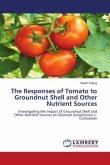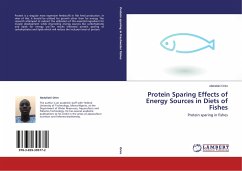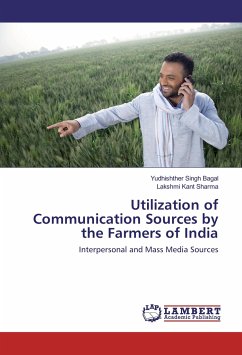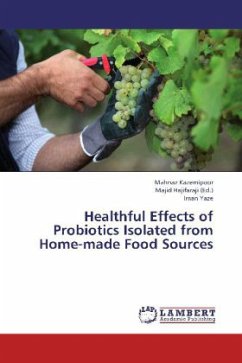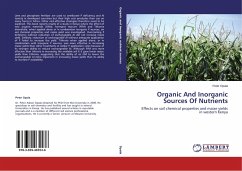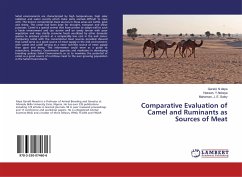This book focuses on the effects of four sources of water on the growth of tomato (Lycopersicon esculentum) at Kpong in the Manya Krobo District. The sources of irrigation water were: river, canal, tap and well. The quality of these sources was monitored for a period of five months (August - December 2007). Sampling was done every 6 days in each month. Samples from each of the source taken were sent to the laboratory for analysis. The quality parameters determined include: pH, Electrical Conductivity, Mg, Ca, Total Dissolved Solids. Each water source was used to irrigate tomatoes. In course of the irrigation, soil pH, EC, Na, Mg and % total NH4N were monitored for a period of three months. Tomato plant height, leaf length, stem diameter were measured monthly over the three month period. Number and weight of fruits were determined in the third month. River water was the most preferred source for irrigation by virtue of its optimum level of pH, EC, TDS Na, Ca,

